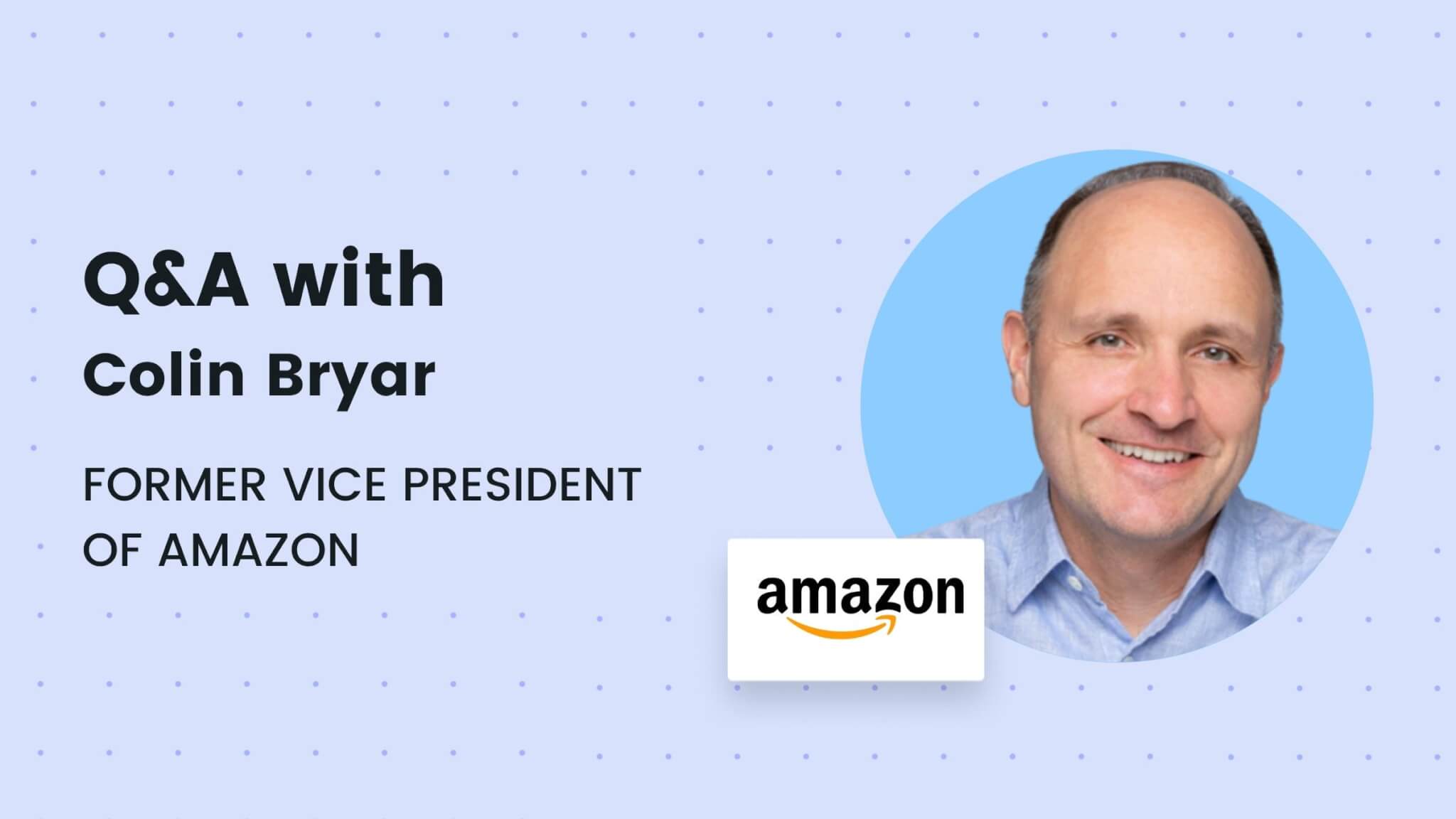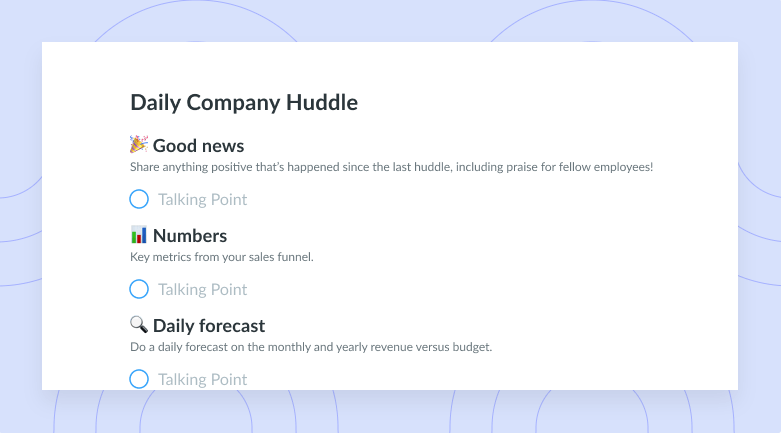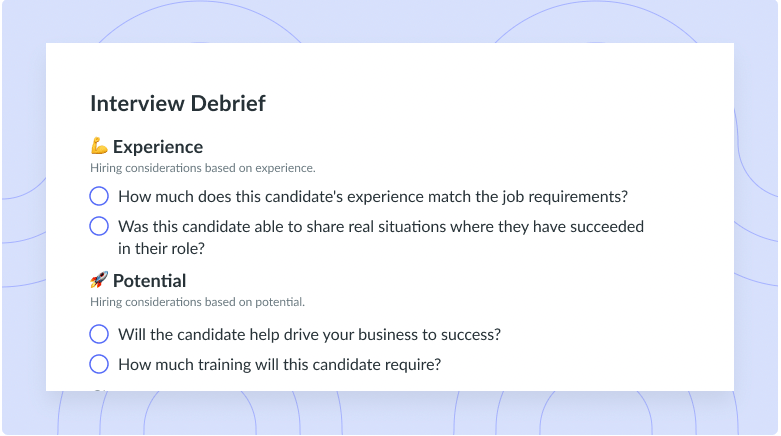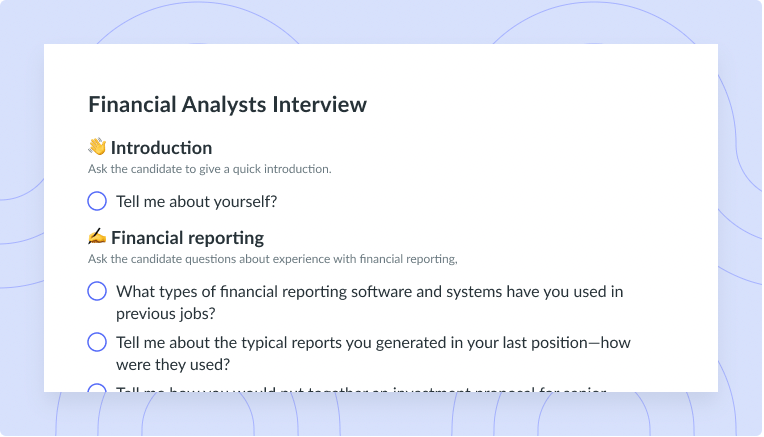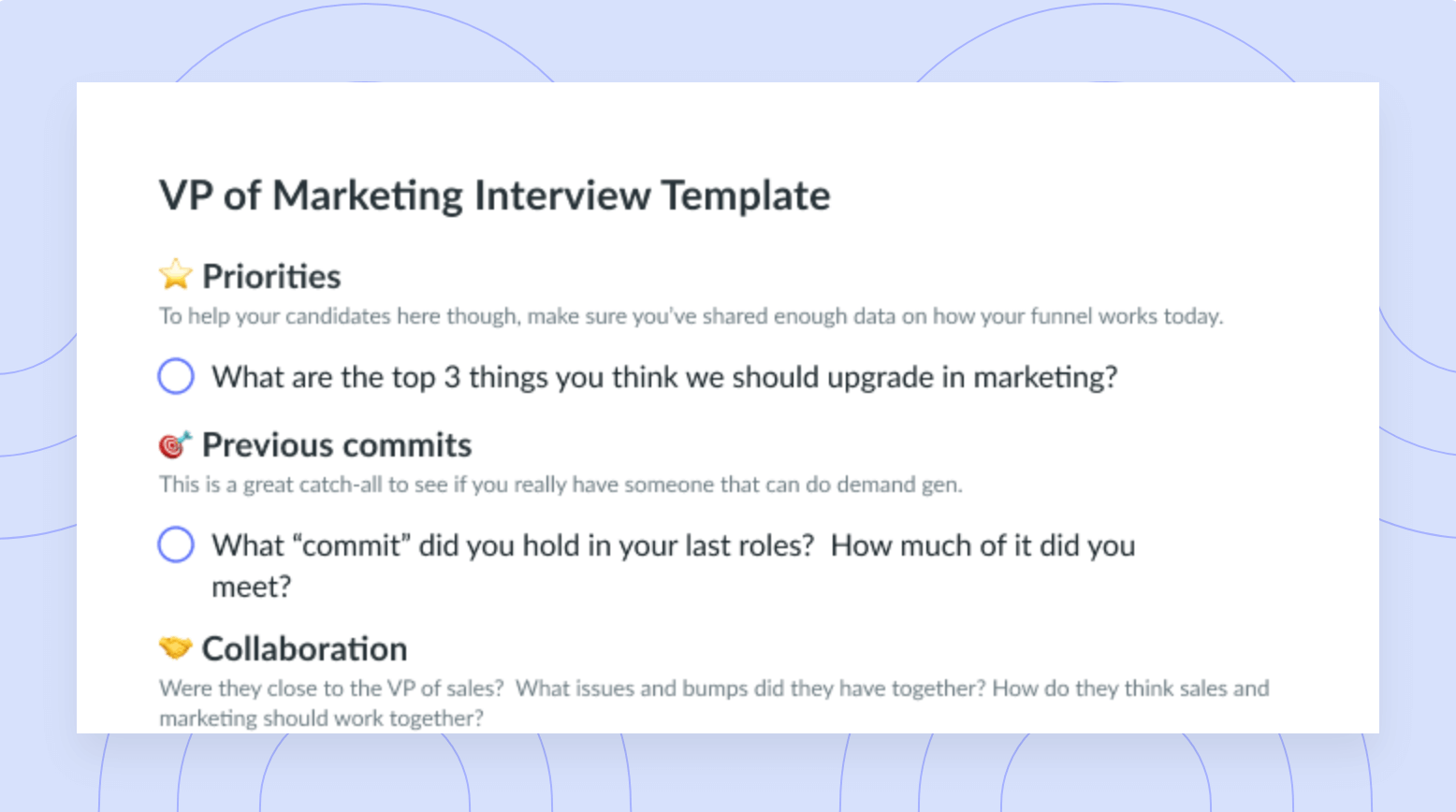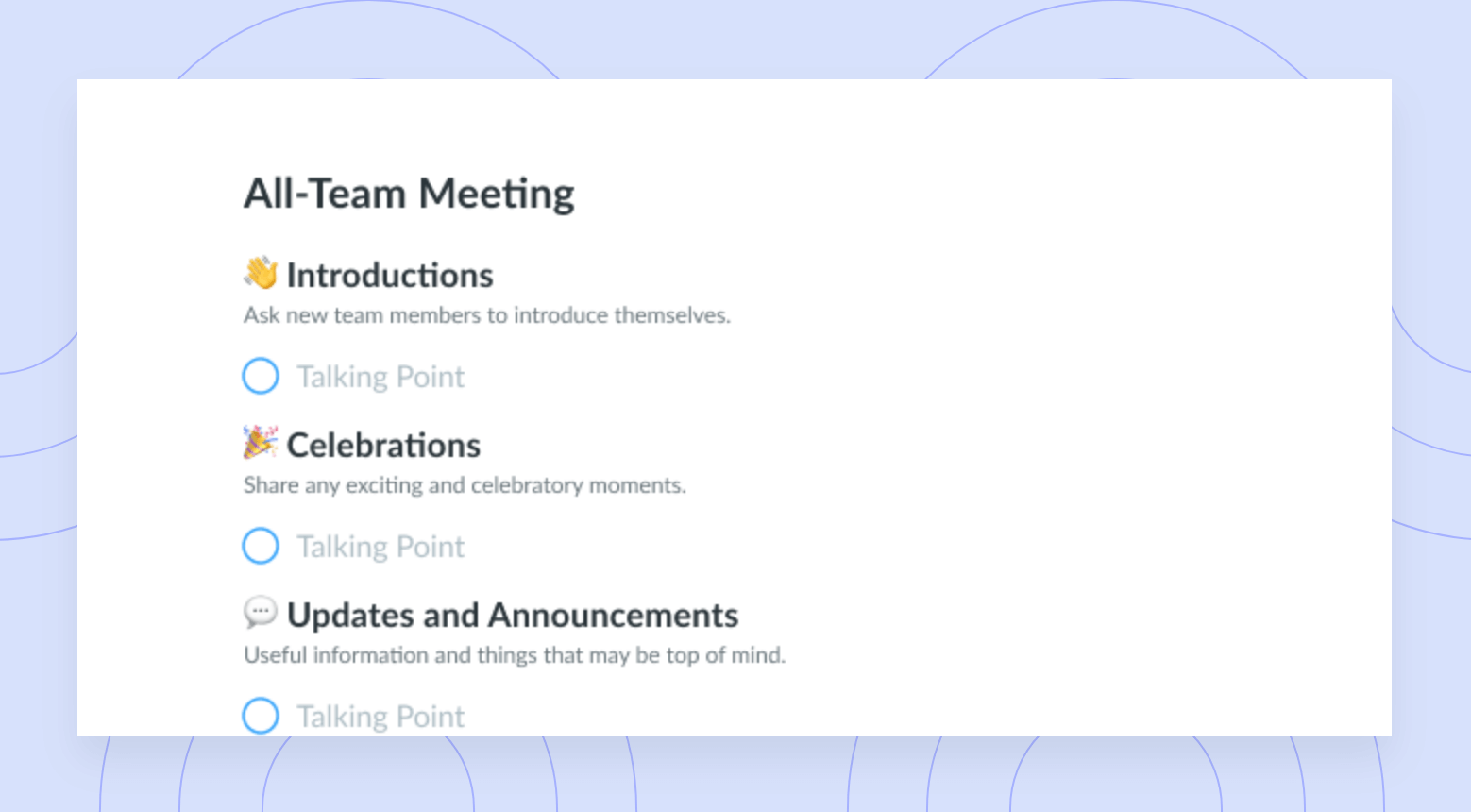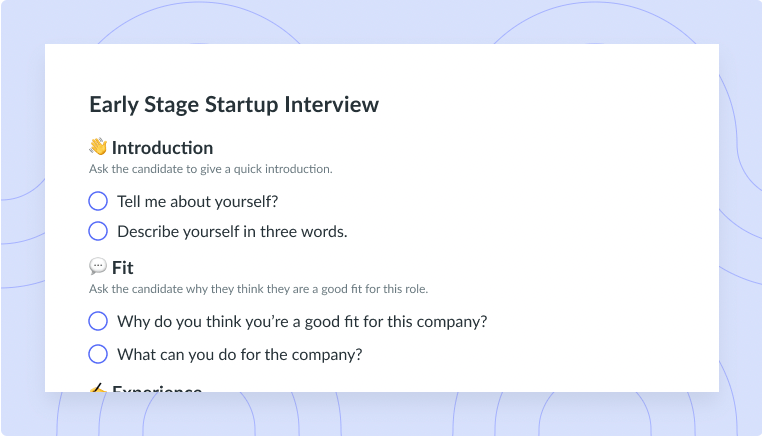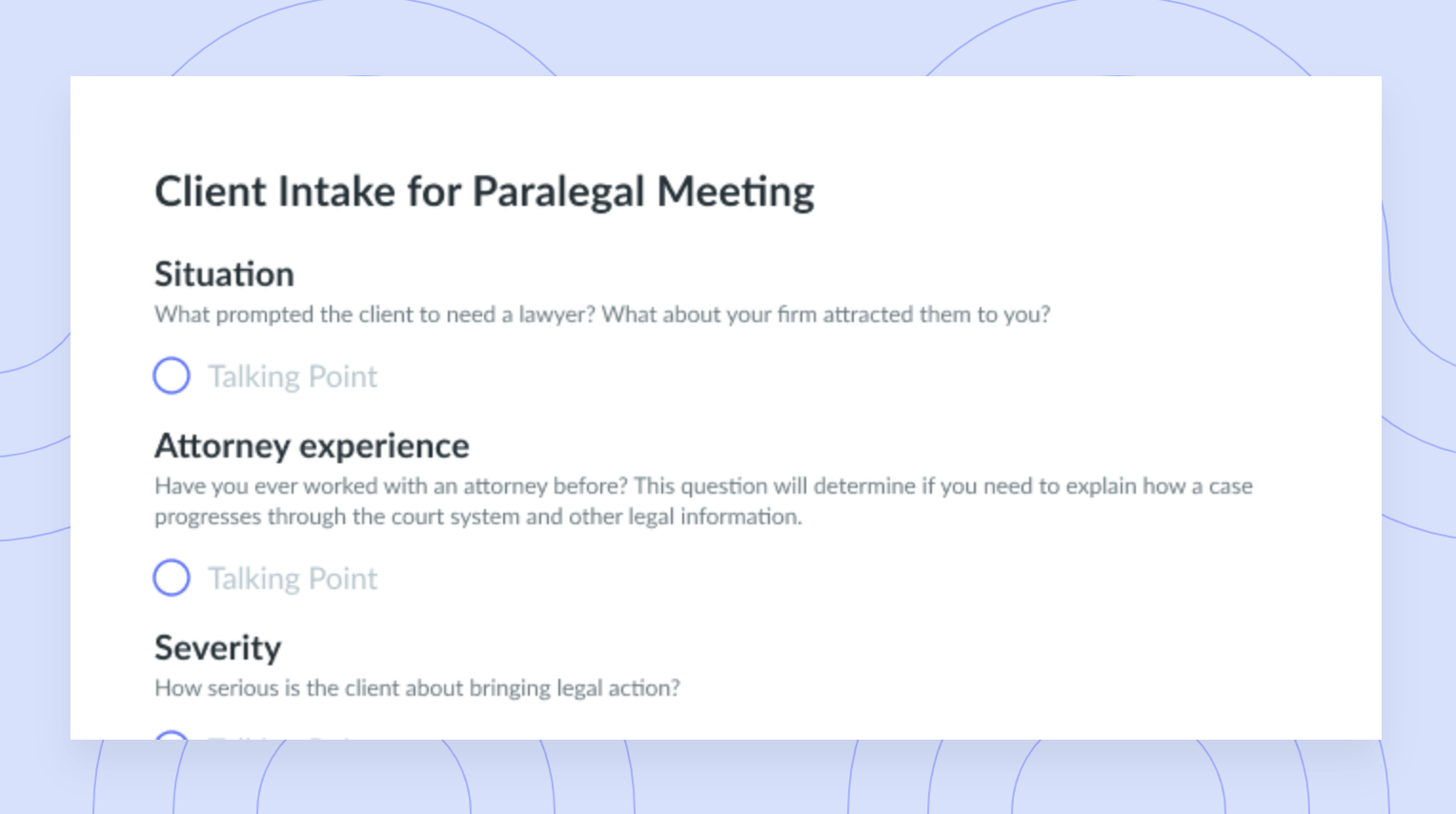Cameron Herold: How to Build a Vision-Driven Culture
How to hire detail-oriented team members, create an energetic culture, and harness the power of visualization.
Cameron Herold is a seasoned business consultant, best-selling author and speaker. Cameron has helped hundreds of companies experience exponential growth while passing on his expertise in hiring and building a solid company culture to thousands in the business community.
In this episode of the Supermanagers Podcast, we learn about how business owners can harness the power of visualization to build the framework for their company.
Listen to this episode (or read the transcript below) to learn more about the power of visualization from CEO whisperer and business growth guru, Cameron Herold:
1 Can you tell us about the M&M story and how it relates to hiring?
So, there was this famous band and they showed up to one of their events and everything was perfect. They looked at the woman who was in charge and asked her how she got everything so perfect, and she replied by saying that she simply read every single line of the event rider and highlighted an instruction every time it was completed.
They then went to another event and it was a disaster. In order to replicate the success of the first event, they decided to put a very detailed instruction in the middle of each event rider, that way they could tell if everything was taken care of. Moving forward, they requested that a bowl of M&M’s be placed in their dressing room with no yellow ones and extra brown ones.
Every time they showed up for a new show they would check for the M&M’s. If the M&M’s were there, they would leave for the day and party like Rockstars. If they weren’t there, they would spend all day before the show going over every single detail of the rider and contract to make sure everything was set up properly.
I’ve used this for years now in my interview screenings. I won’t read any resume unless the candidate has followed the one specific instruction that I’ve placed in the middle of the job posting.
2 What is the one line that you use to make sure applicants are paying attention?
What I’m looking for is someone who is detail oriented and fun enough to follow the instructions.
The applicants will receive an auto-reply right away that thanks them for sending in their resume and asks them to read about our company’s vision and if it interests them to reply to the email with “INTERVIEW ME”‘ in all caps. The second thing they must include is their favorite food.
3 Who has been your favorite boss or mentor?
I was groomed to be an entrepreneur by my father, who groomed my brother and my sister and myself to be entrepreneurs. To this day, for the last 15 to 25 years each one of us have run our own companies so that was pretty foundational mentoring from my dad. Both of my grandfathers were also entrepreneurs and I also got a lot of my training from a group called College Pro Painters. Every year we hired 8,800 painters and franchisees, so we became operationally world-class at things like recruiting, interviewing, onboarding, training, and operations.
I would say it was probably less of a person or a boss, and it was more of that experience of being a franchisee for three years with college Pro. And then in my mid 20s, coaching 120 franchisees over four years, is where I really gained all of my insights on running companies.
When I was 29 years old, I had finished training 120 franchisees. That included recruiting them, interviewing them, training them, coaching them. And doing that for four years. That’s really where I got all my training.
Manager TL;DR Newsletter 📩
Get management tips, interviews, and best practices directly into your inbox – and become a better leader.
4 Can you tell us about the cycle of learning?
There was a model that we were taught at College Pro that encompassed four different parts of cycle learning that we would always go through.
The first is called abstract conceptualization. So you’re learning the concepts. So that could be you know, reading something, or being in a classroom or watching a video.
We had a lot of abstract concepts, you know, around Situational Leadership, time management, meetings, interviewing, selection, coaching, delegation, all these skills of leadership that we were taught.
Then, we had the act of experimentation, which was role playing, practicing, sometimes in classrooms, sometimes with our boss, sometimes with peers, but we were really pushed into that active experimentation part, to try out using the concepts.
Then, we had the concrete experience where we were doing. So as an example, every year for four years, I got more training on interviewing right before the interviewing cycle that we were in for 13 weeks. So during that interviewing, I would be videoing myself getting in or doing interviews, I would get feedback on those interviews, I would practice doing more interviews.
And finally, we had the reflective observation, which was: how did you do what can you do better? What can you do differently? What can what should you continue doing? And then you went back to learn more about interviewing again.
We always had a cycle for every skill that we were working on, so it was never one and done. It was always identifying the 10 to 12 soft skills that leaders need and working on them continuously.
5 Have you ever come across another company that applies that level of purposefulness to training?
I think most companies don’t do any of that. They train you on what you do but not how you do, whereas I obsess over training people on how to do the jobs of leaders not how to do marketing or finance because those are skills that people can learn.
We were given the belief that a leader’s job is to grow people by the founder Greg Clark. So, if I’m supporting leaders my job is to give them skills and confidence. The more I give them skills and confidence, the more skills they’ll acquire. My job is to help them grow because I can now get more results through other people than I can with myself.
6 Can you tell us what your book “Vivid Vision” is all about?
The concept of Vivid Vision is one that we learned about from an Olympic Coach. 22 years ago, this coach invited about 120 entrepreneurs to Vancouver to have lunch and 16 of us showed up. During the lunch he talked about how high-performance athletes use visualization in sport and how we could harness visualization in the business world.
We talked about how entrepreneurs often have a vision for what their company looks like and how they can see their company in the future. They know what they want meetings to look like, they know what they want the culture to be like, and they know how they want their employees to treat each other but they don’t necessarily explain it so everybody else around them make up their own ideas of what the future of the company will look like.
So, the concept of Vivid Vision is for the owner to travel three years into the future and describe their company in its finished state. At the end of the exercise, they end up with a four- or five-page written description of their company in its finished state.
In the business world a vivid vision is a document that describes the future of your company three years out so that your team can put the plans in place to make every single sentence come true.
7 Do you involve your team in coming up with a vision?
You don’t involve your team in coming up with your vision. The owner, CEO, or founder’s role is to articulate the vision and then find the people that are most excited, inspired, and skillful to make the vision come true.
8 What happens when an employee has suggestions on how to improve your company?
We have what I call a decision filter. So, I take the idea and I run it through a one pager that helps determine things like the best-case scenario, worst-case scenario, the ROI, how much time and money we will have to invest, if it will drive revenue and profit etc.
Based on that we make a decision and categorize it as green, yellow, or red. Green meaning that we’re going to put the idea into action this quarter, yellow meaning that we’ll add the idea to the stack, and red meaning to kill the idea. We force every idea through this model so we can give it more weight and understand it more.
9 What is your favorite meeting type?
My favorite meetings are either one-on-one coaching sessions because there is a real art and science to it, or daily huddles.
The daily huddle is a concept we learned from Vern Harnish whose first book was called “Rockefeller Habits”. The basic idea of the meeting is to share good news and key numbers while also focusing on one business area, updates, and missing systems.
The following video shows a Daily Huddle at 1-800-GOT-JUNK:
10 How did you end up building an energetic company culture?
I believe that to build an amazing company it has to be a little bit more than a business, a little bit less than a religion, and it has to be in the zone of a cult. You have to attract people that vibrate, get rid of negative energy, and attract people that believe in the cause.
11 Any final words of wisdom for leaders who are looking to get better at their craft?
There are two things. One is, God gave us two ears and one mouth, and we need to use them more in that ratio, we need to listen twice as often as we speak. I think leaders tend to speak too quickly, we tend to try to contribute our ideas too quickly, instead of listening to what our team has got. And if we spend more time listening to others, we’re going to increase their confidence and increase their skills. And we’ll often realize they’ve got the same ideas we had anyway. Or maybe they have better ones.
The second is to not take ourselves so seriously all the time.

Free download
The art of one-on-one meeting
The definitive guide to the most misunderstood and yet powerful tool for managers. With a foreword by Lara Hogan, author of Resilient Management.
Download now
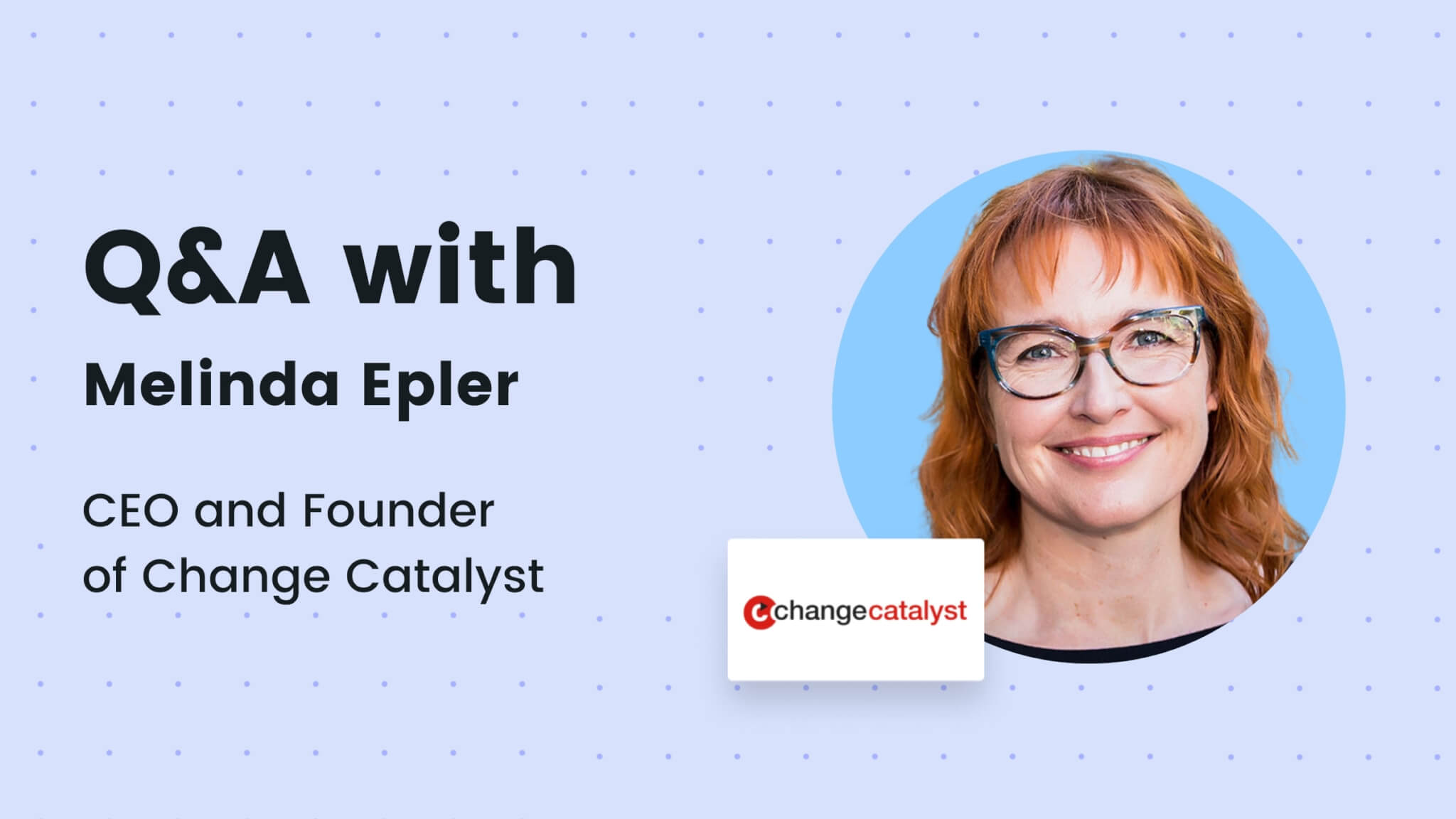
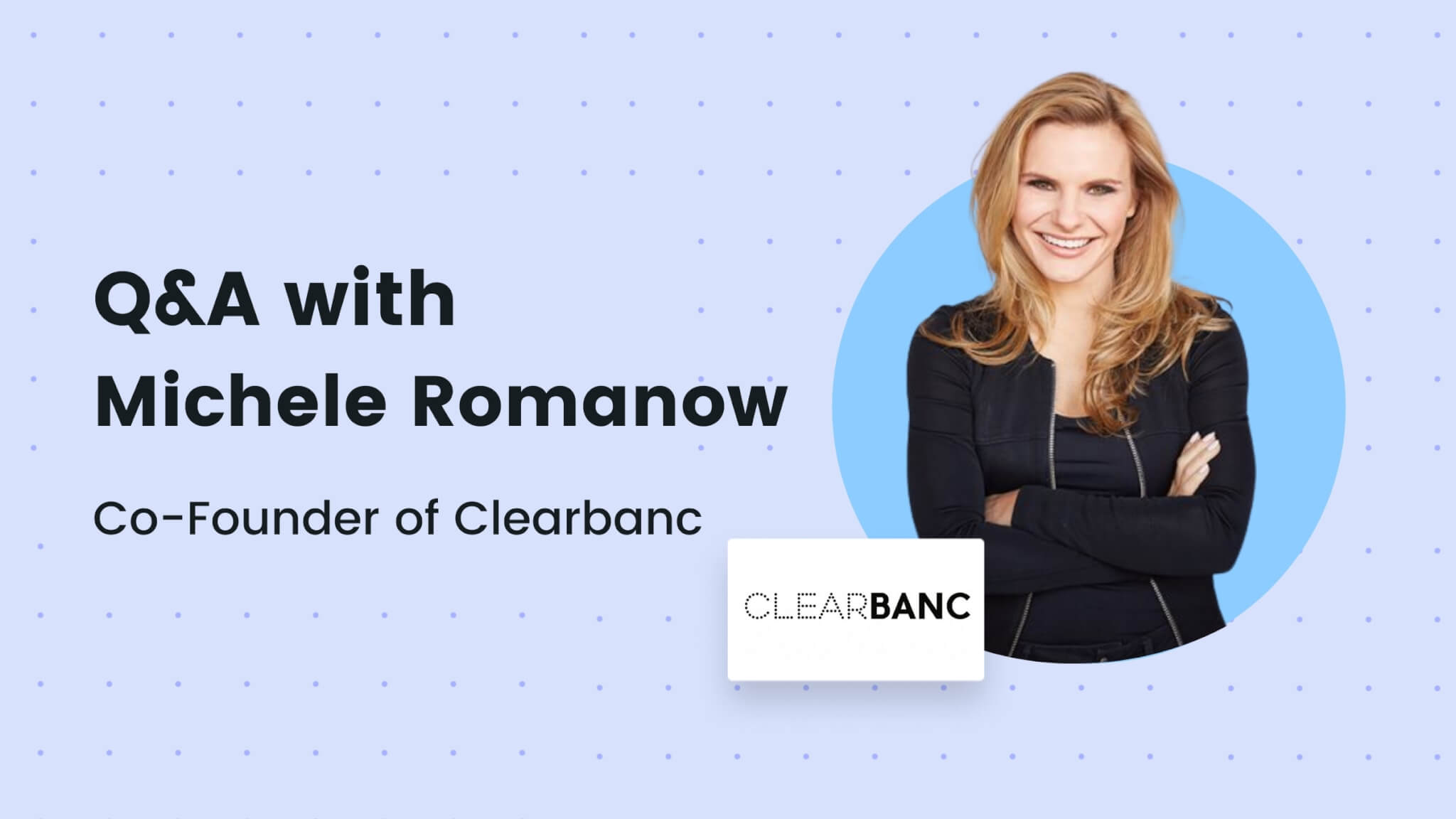

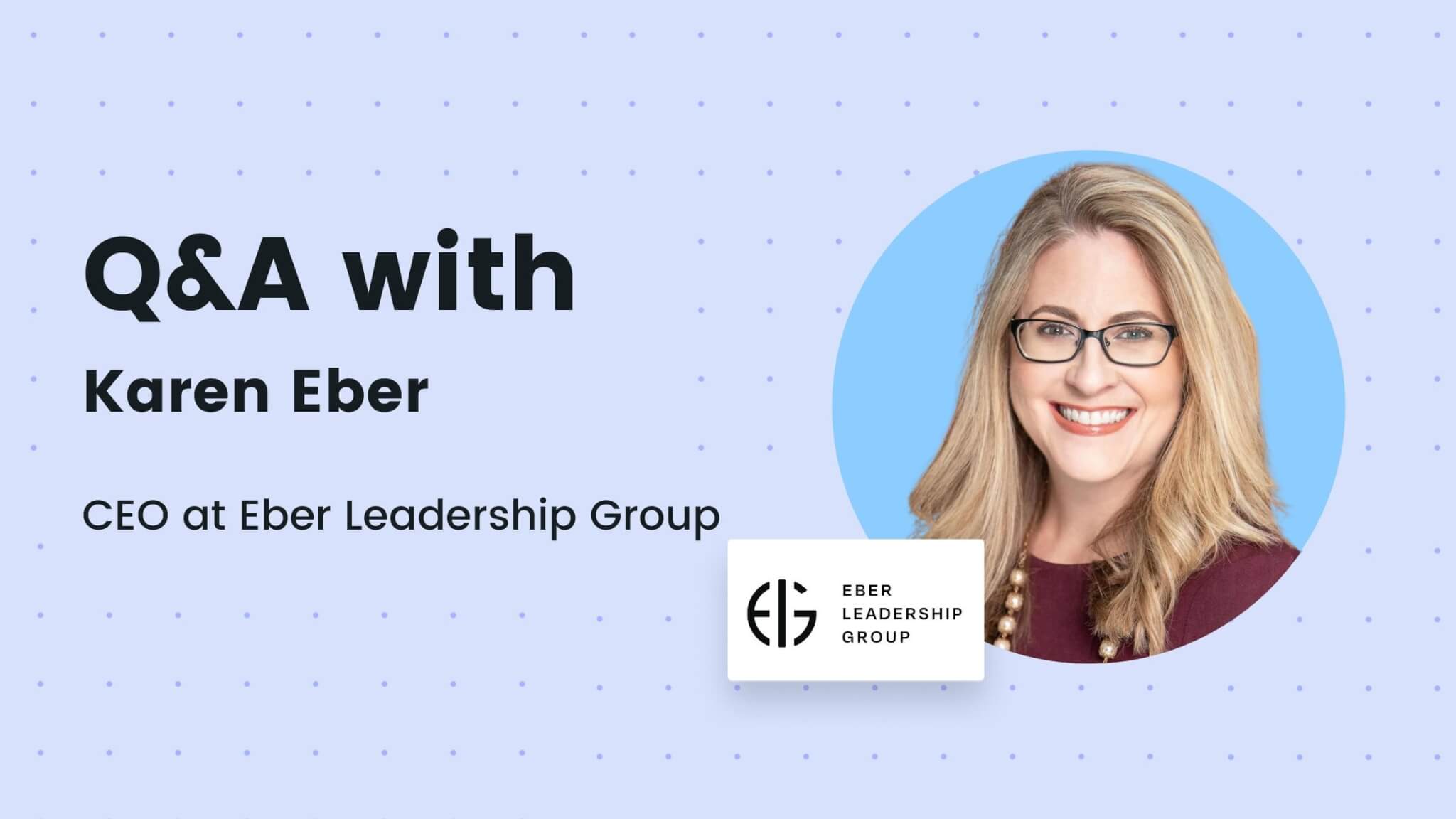
![How to Write an Interview Transcript [+Examples]](https://fellow.app/wp-content/uploads/2023/11/interview-transcript-2.jpg)
